Introduction
In a fast-paced world filled with constant stimulation and information overload, many individuals seek solace and a sense of inner peace. This has led to a growing interest in Zen-inspired minimalism, a design and lifestyle philosophy that embraces simplicity, mindfulness, and the harmonious integration of one’s surroundings. Drawing inspiration from Japanese aesthetics, Zen philosophy, and minimalism, this blog post will explore the essence of Zen-inspired minimalism, its impact on Japanese design and art, and showcase examples of artwork that embody its principles.
Understanding Zen-Inspired Minimalism
Embracing Simplicity:
At the heart of Zen-inspired minimalism lies the concept of simplicity. This design approach emphasizes the removal of excess, clutter, and unnecessary ornamentation. By paring down one’s surroundings to the essential elements, a sense of tranquility and clarity is cultivated. Clean lines, uncluttered spaces, and a restrained color palette are the hallmarks of Zen-inspired minimalism, creating an environment that promotes calmness and encourages mindful living.
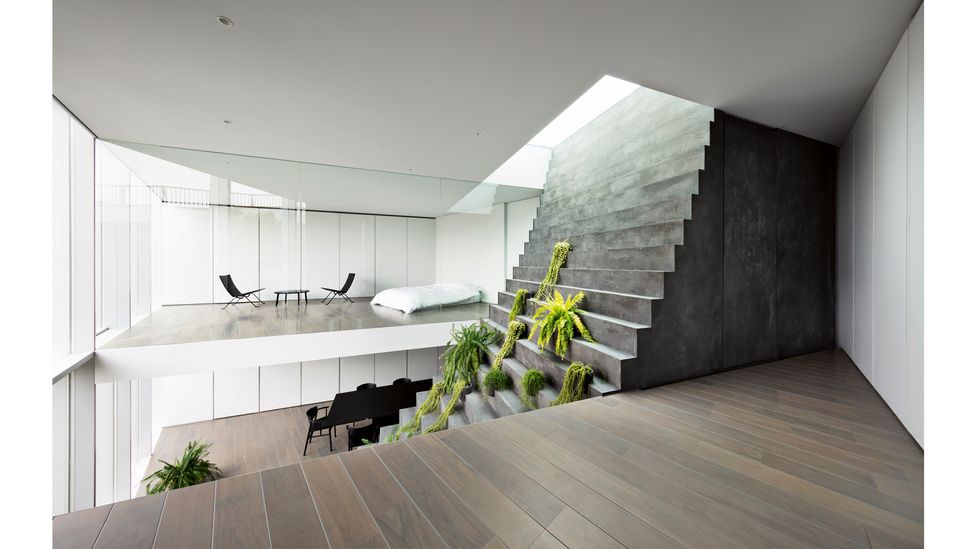
Harmony and Balance:
Zen-inspired minimalism also places great emphasis on achieving harmony and balance. Influenced by Japanese aesthetics, this design philosophy seeks to create a harmonious relationship between the elements of a space. Every object and arrangement is thoughtfully considered, and negative space is utilized to create a sense of equilibrium and openness. The goal is to establish a serene atmosphere where the mind can find peace and focus.
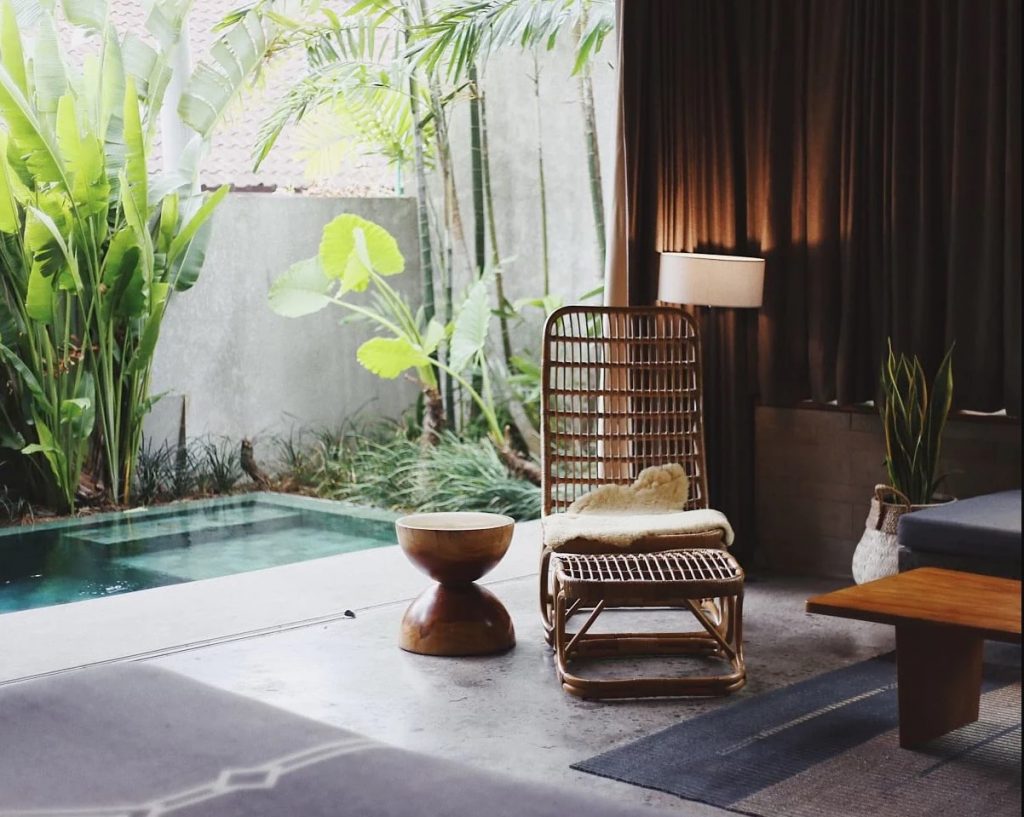
Zen-Inspired Minimalism in Japanese Art and Design
Wabi-Sabi Aesthetics:
An essential aspect of Zen-inspired minimalism is the incorporation of wabi-sabi aesthetics, a concept deeply rooted in Japanese culture. Wabi-sabi celebrates the beauty of imperfection, transience, and the natural world. In art and design, wabi-sabi is characterized by simplicity, asymmetry, and a reverence for the passage of time. It encourages an appreciation of the inherent beauty found in the imperfect, the weathered, and the aged.
Ink Wash Painting:
One form of artwork that beautifully exemplifies Zen-inspired minimalism is ink wash painting, also known as sumi-e. This traditional Japanese art form uses simple brushstrokes and monochromatic color palettes to capture the essence of a subject.

By employing minimal lines and strokes, ink wash paintings evoke a sense of tranquility and serenity. The sparse use of ink creates an atmosphere of emptiness, allowing viewers to contemplate the profound beauty of simplicity.
Contemporary Calligraphy:
In the realm of contemporary art, Zen-inspired minimalism finds its expression in calligraphy. Artists merge traditional calligraphy techniques with minimalist aesthetics, creating powerful compositions with sparse and deliberate brushstrokes. By focusing on the purity of the brushwork and the visual impact of each character, contemporary calligraphy invites viewers to immerse themselves in the art of simplicity. The fusion of traditional calligraphy and minimalism results in captivating artworks that embody the essence of Zen philosophy.
Sculpture and Installation Art:
Zen-inspired minimalism is also present in contemporary sculpture and installation art. Artists explore the interplay of space, light, and form to create immersive experiences that engage the viewer’s senses. By utilizing simple materials and clean lines, these artworks invite contemplation and reflection. Through their minimalist aesthetic, they evoke a sense of tranquility and encourage viewers to find solace in the present moment.
The Art of Haiku and Ikebana:
Japanese art offers numerous examples of Zen-inspired minimalism. One notable example is the art of haiku, a concise form of poetry that captures a single moment or sensation with simplicity and depth. Haiku often uses minimalist language and evokes a sense of contemplation and harmony with nature. Another example is the art of ikebana, the Japanese art of flower arrangement. Ikebana emphasizes minimalism, balance, and the beauty of negative space, showcasing the elegance and transience of nature.
Incorporating Zen-Inspired Minimalism in Everyday Life
Zen Gardens:
One practical way to infuse Zen-inspired minimalism into daily life is through the creation of a Zen garden or a contemplative space. Zen gardens, known as karesansui, feature carefully arranged rocks, gravel, and minimal vegetation.
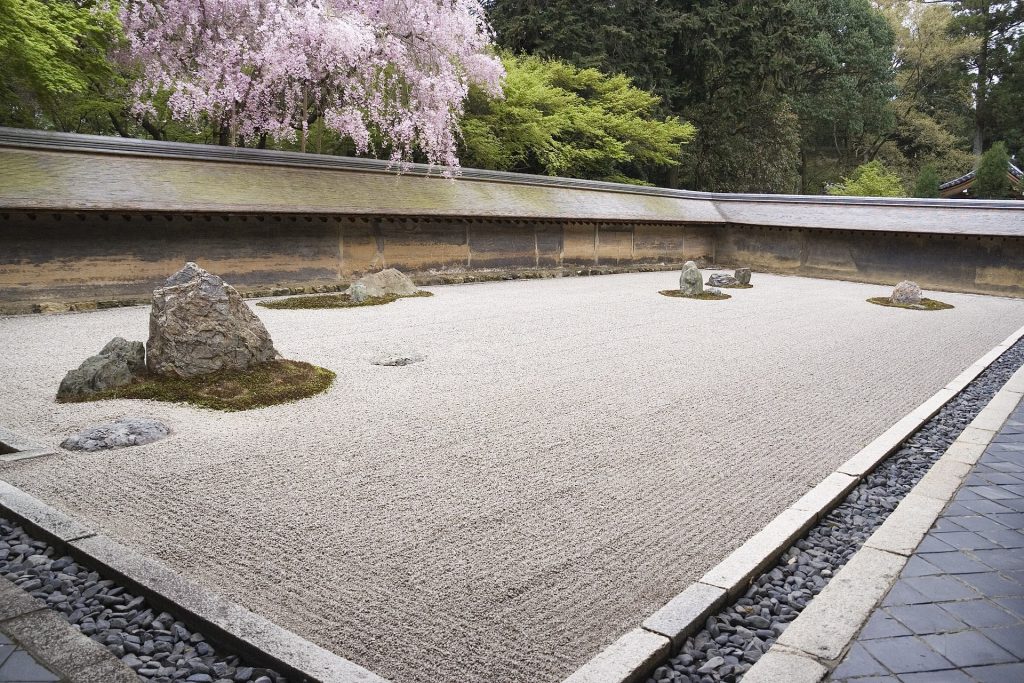
These serene landscapes are designed to inspire meditation and reflection, providing a peaceful retreat from the outside world. By employing a restrained color palette and focusing on natural elements, rock gardens become immersive expressions of Zen philosophy.
Decluttering and Organization:
Another aspect of Zen-inspired minimalism is the practice of decluttering and organization. By simplifying and organizing our physical surroundings, we create a sense of calm and clarity in our living spaces. The KonMari method, popularized by Marie Kondo, advocates for keeping only items that spark joy and letting go of the rest. This approach aligns with the principles of Zen-inspired minimalism and encourages a more intentional and mindful approach to our possessions.
Public Spaces and Buildings:
Zen-inspired minimalism can also be seen in the design of public buildings, where simplicity and functionality merge to create spaces that prioritize the well-being of occupants. Examples include libraries, community centers, and government buildings that aim to provide a sense of tranquility and balance.
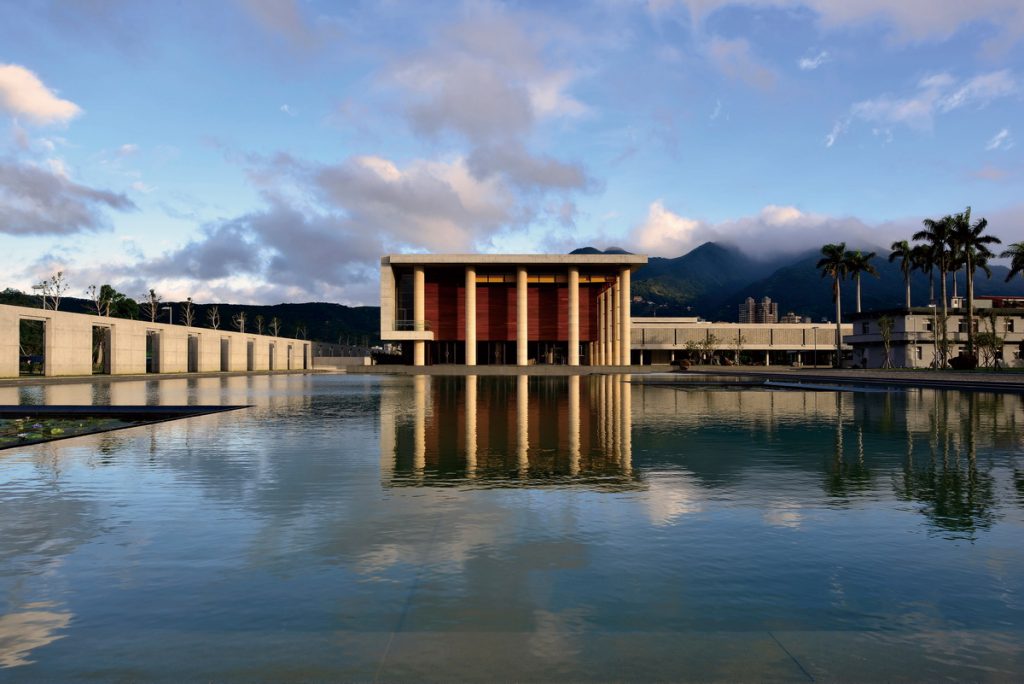
One notable example is the Dharma Drum Mountain Meditation Center in Taiwan. Designed by architect Kris Yao, the Water Moon Monastery embodies Zen-inspired minimalism through its clean lines, minimalist aesthetics, and emphasis on natural elements. The use of natural materials like wood and stone, along with an abundance of natural light, creates a calming ambiance conducive to meditation and self-reflection.
There are many more examples of Japanese minimalist homes incorporating the principles of zen-minimalism.
Conclusion
Zen-inspired minimalism offers a path to finding tranquility and simplicity in an increasingly chaotic world. By embracing the principles of simplicity, balance, and mindfulness, we can create environments that foster calmness and promote a deeper connection with ourselves and the world around us. Through Japanese art and design, we gain inspiration and appreciation for the beauty of minimalism. By incorporating Zen-inspired minimalism into our daily lives, we can experience a sense of peace, clarity, and harmony.
Read next: Zen Art and Japandi Design: A Harmonious Blend of Simplicity and Mindfulness
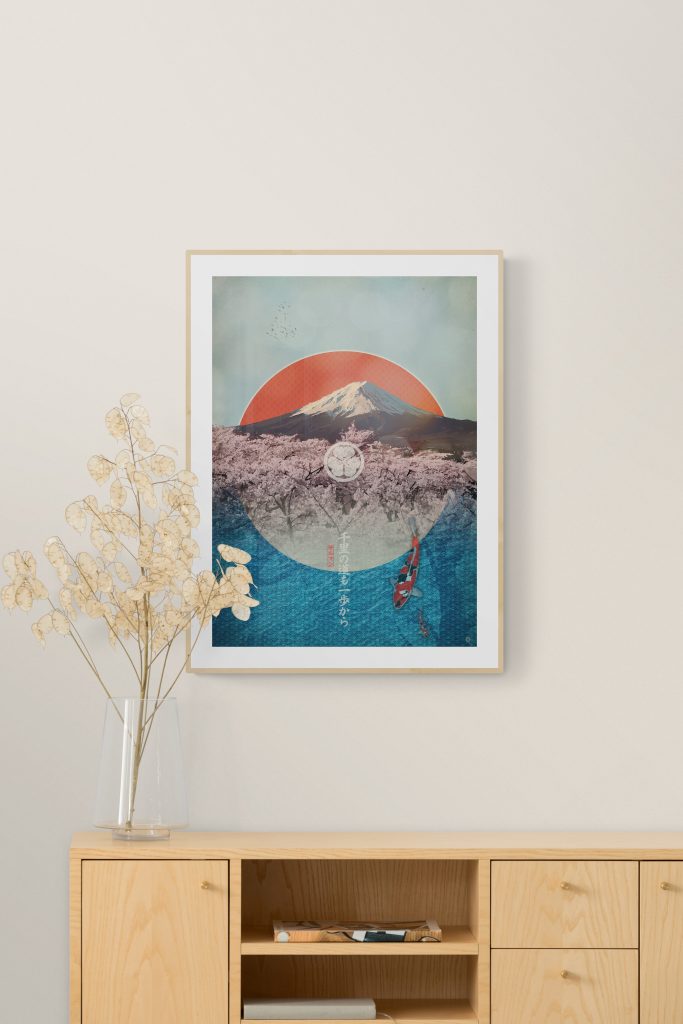
At the Art of Zen we have a wide selection of original Japanese style art prints in the ukiyo-e and Japandi style. Add some zen to your space with some art from the Art of Zen shop.
Photo credit: the featured image at the top is Polygon House; photo by Makoto Yarnaguchi Architects.
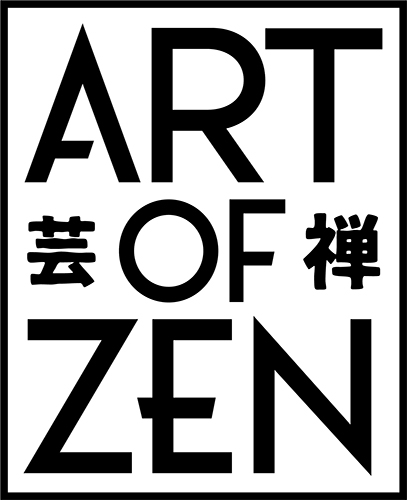
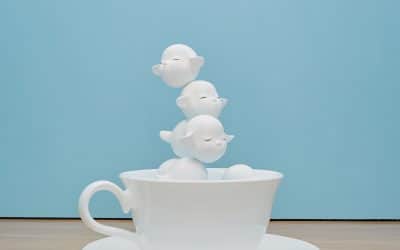


0 Comments